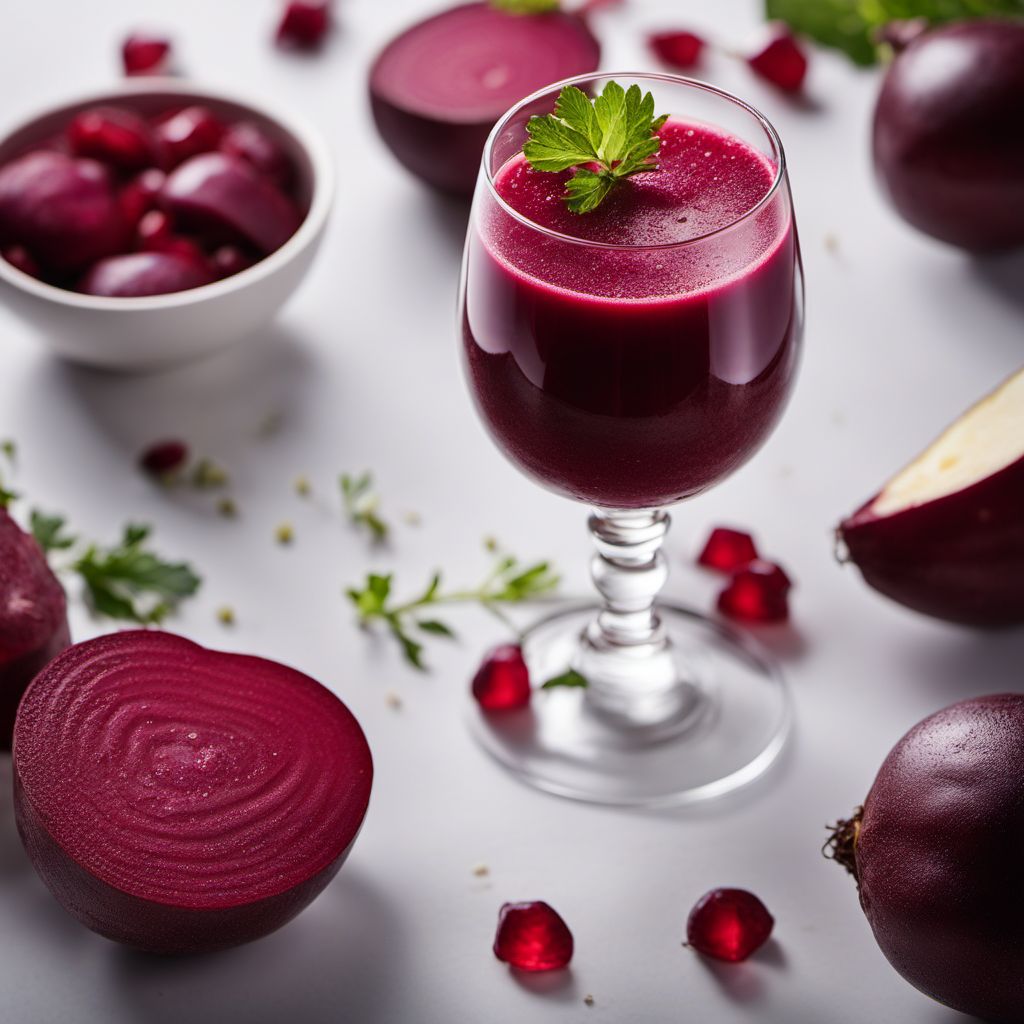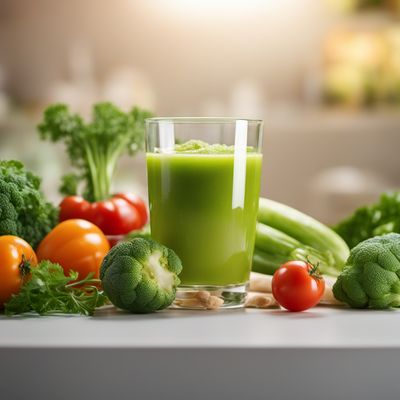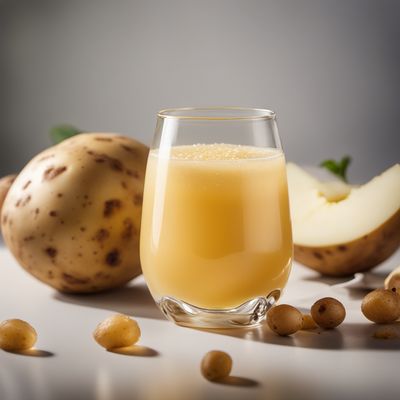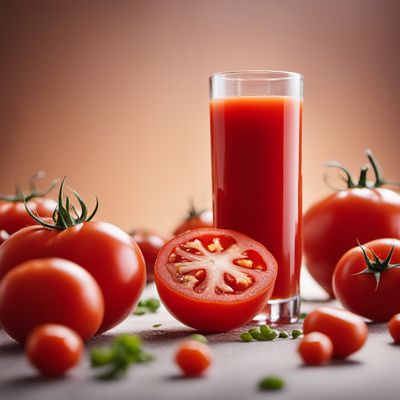
Ingredient
Juice, beetroot
The Vibrant Elixir
Beetroot juice is known for its deep red color, earthy flavor, and slightly sweet taste. It has a smooth and velvety texture, making it a versatile ingredient in both sweet and savory recipes. The juice is often used as a natural food coloring or as a base for refreshing beverages.
Origins and history
Beetroot, the vegetable from which the juice is extracted, has been cultivated for centuries and is believed to have originated in the Mediterranean region. It has a rich history of culinary and medicinal uses, with ancient civilizations valuing its health benefits and vibrant color. Beetroot juice gained popularity in the 19th century as a natural dye and has since become a staple in many cuisines around the world.
Nutritional information
Beetroot juice is a nutrient-dense beverage that is rich in antioxidants, vitamins, and minerals. It is particularly high in folate, manganese, and potassium. Additionally, it is low in calories and fat, making it a healthy choice for those watching their weight or looking to boost their nutrient intake.
Allergens
There are no known allergens associated with beetroot juice.
How to select
When selecting beetroot juice, look for bottles or containers that are tightly sealed and free from any signs of spoilage or fermentation. The juice should have a vibrant red color and a fresh, earthy aroma. Avoid products that contain added sugars or preservatives, as they may alter the taste and nutritional profile of the juice.
Storage recommendations
To maintain the freshness and quality of beetroot juice, it is best to store it in the refrigerator. Transfer the juice to airtight containers or bottles and keep it chilled at temperatures below 40°F (4°C). This will help preserve its vibrant color and prevent spoilage. Avoid exposing the juice to direct sunlight or heat, as it can accelerate the deterioration process.
How to produce
Beetroot juice can be produced by juicing fresh beetroots using a juicer or blender. Simply wash and peel the beetroots, then cut them into smaller pieces for easier juicing. Blend or juice the beetroots until smooth, then strain the juice to remove any pulp or solids. Store the juice in airtight containers in the refrigerator for up to 3-4 days.
Preparation tips
Beetroot juice can be enjoyed on its own as a refreshing beverage or used as an ingredient in various recipes. It can be added to smoothies, cocktails, salad dressings, or marinades to enhance their flavor and color. Additionally, beetroot juice can be used as a natural food coloring agent in baked goods, desserts, and sauces.
Culinary uses
Beetroot juice is commonly used in culinary applications such as borscht, a traditional Eastern European soup, or as a base for beetroot hummus, a vibrant and nutritious dip. It can also be incorporated into juices, smoothies, and cocktails to add a unique twist of flavor and color. Additionally, beetroot juice can be used to make pickled beets or as a natural food coloring agent in various dishes.
Availability
Beetroot juice is widely available in grocery stores, supermarkets, and health food stores around the world. It is commonly cultivated in countries such as the United States, Russia, Germany, and the Netherlands.
More ingredients from this category

Juice, cucumber
The Refreshing Elixir: Cucumber Juice

Juice, carrot
The Golden Elixir: Carrot Juice

Mixed vegetable juice
The Nutrient-Packed Elixir

Juice, potato
The Versatile Elixir: Unleashing the Power of Potato Juice

Juice, white cabbage
Cabbage Elixir

Juice, turnip
"The Nutrient-Packed Elixir: Unleashing the Power of Turnip Juice"

Juice, tomato
The Tangy Elixir

Juice, celery
"The Green Elixir: Unleashing the Power of Celery Juice"